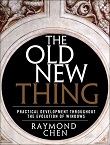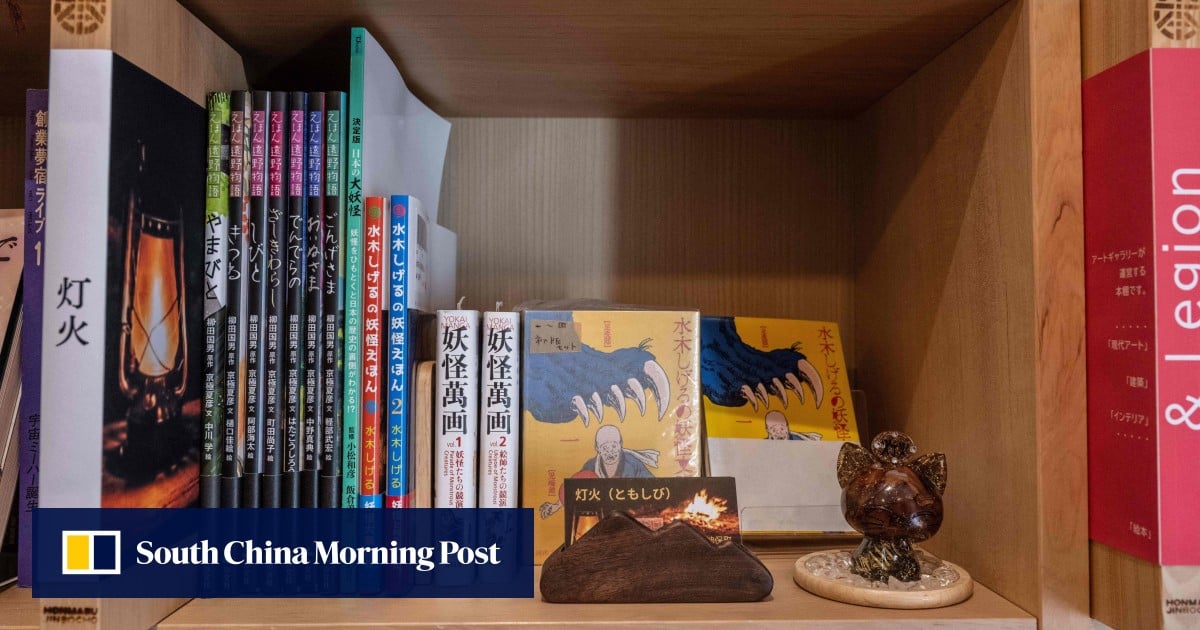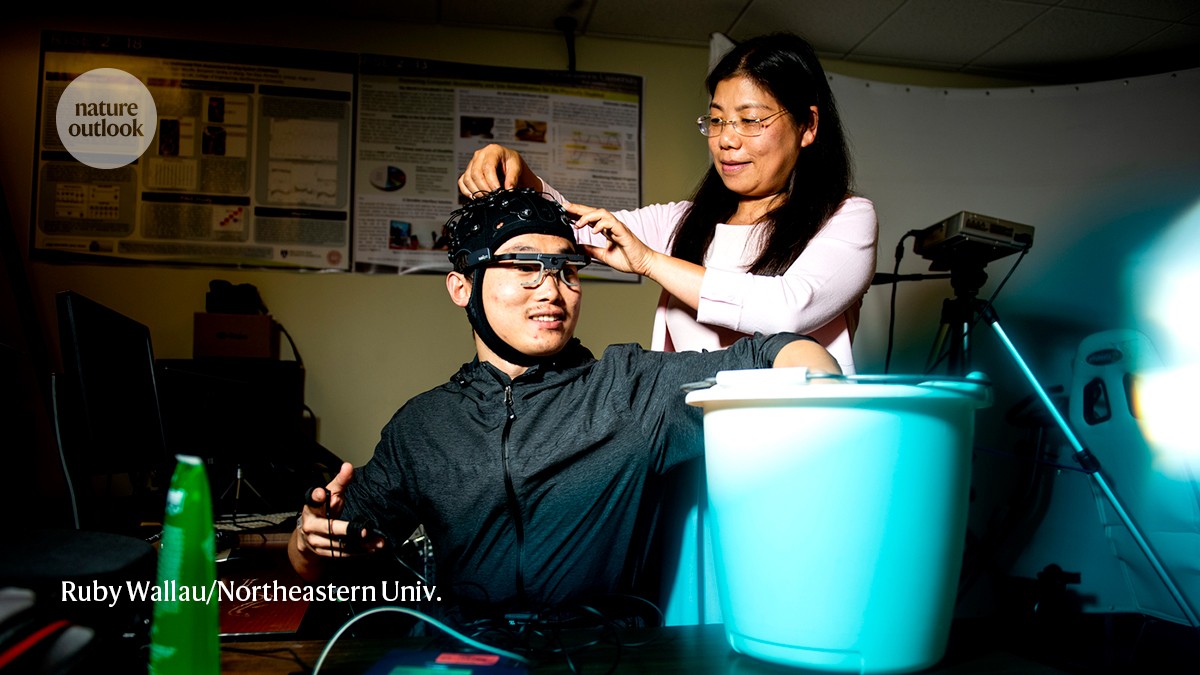
Gravity’s Eastern Voyage
My study, "Gravity's Eastern Voyage", traces the complex journey of Newtonian mechanics in imperial China from 1727 to 1912. It examines how Newtonian ideas were introduced, translated, and adapted within the Chinese context over nearly two centuries.
The paper begins with the initial introduction of Newtonian lunar theory by Jesuit missionaries for calendrical reforms in 1727. It then follows the gradual dissemination of Newton's laws of motion and universal gravitation after the Opium Wars, through various channels, including Protestant missionary publications, Chinese-Western collaborative translations, and eventually, integration into the national curriculum in the early 1900s. The paper also explores how Newtonian mechanics transcended its scientific realm, influencing broader intellectual and political discourse in late Qing China. Reformist thinkers, for instance, appropriated mechanical terminology to advocate for sociopolitical change.
A key aspect of this study is analyzing how the reception and interpretation of Newtonian ideas were shaped by the interplay of science, religion, and politics in late imperial China. It highlights the agency of Chinese scholars in adopting and reinterpreting Newtonian concepts to align with indigenous traditions and pragmatic needs.
















/cdn.vox-cdn.com/uploads/chorus_asset/file/25721493/Gb3zWbGbwAA5UAk.jpeg)








